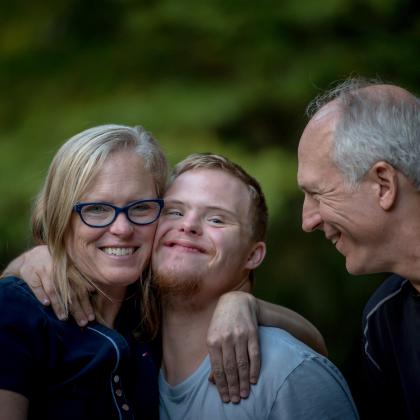Grief in families with children experiencing medical complexities and life-limiting conditions
Coping with a chronic medical illness can be physically and emotionally challenging for both patients and their families. Many things might be ‘lost’ at the time of a diagnosis, including a sense of independence, a “normal” family life, and even time itself. Even if a patient has not died, it is critical to remember that grief is still a normal response.
What is lost at the time of diagnosis?
Grief theory applies both to bereavement of a death as well as other types of loss. Each individual in a family may cope differently and how they experience grief may shift moment-to-moment or day-to-day. Families face many types of secondary losses. For patients, this can include loss of privacy, loss of identity, and loss of comfort. For caregivers, this can include loss of control as a protector, loss of planned future as a family, and loss of hopes and dreams for their child. Social determinants contribute to health disparities for many patients and their families. While there is not always a way to directly ‘fix’ this disparity as a healthcare provider, culturally sensitive communication is one way to promote health equity and help identify a family’s unique needs.
